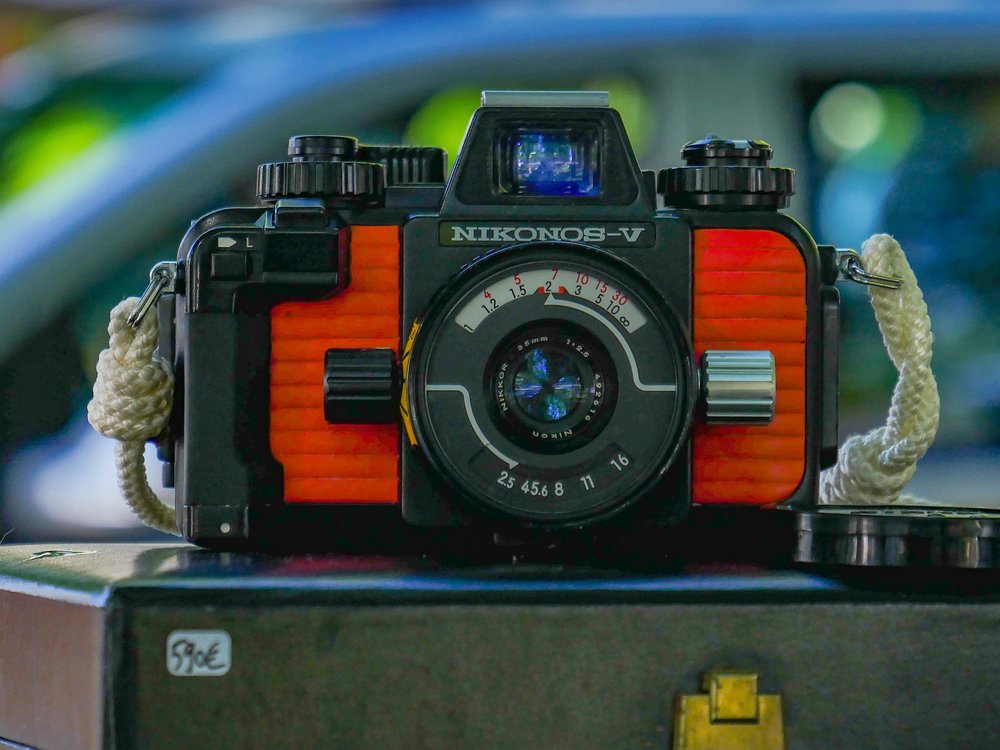
When choosing any camera the size of the sensor is perhaps the most important consideration. That is, if you are serious about photography. If you’re not serious, you will be swayed by other factors such as appearance, convenience, brand recognigition and, of course, cost. In general terms, the smaller the sensor, the lower the cost, so a glittery bauble with a tiny sensor from the now struggling point-and-shoot market at a low price has certain attractions for the unaware.
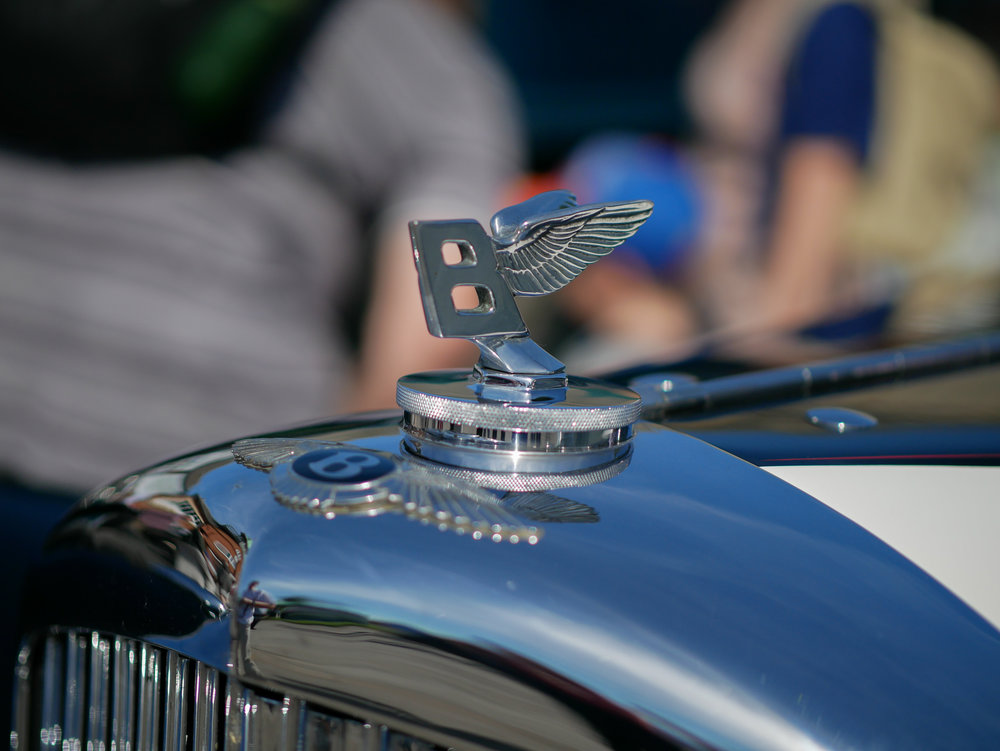
The issue has been muddied in recent years by the success of smartphone photography. All smartphones, even the most sophisticated such as the Leica-equipped Hauwei models or Apple’s iPhone X, contain relatively tiny sensors. Yet the results can be impressive, aided by software wizardry capable of creating passable bokeh and subject separation — in ideal conditions, that is. But results overall are very acceptable in the context of the modern way of viewing, on a phone, an iPad or, at most extreme, on a computer screen. Few people these days bother to print anything, least of all poster-sized images. It’s no exaggeration to say that the smartphone has created a whole new generation of budding photographers. Some of them, fortunately for the future of the camera industry, will eventually seek something with a bigger sensor.
Bigger sensors can certainly create a narrower depth of field at any given aperture, often better image quality and, of course, the ability to enlarge images to a much greater degree — up to the size of the proverbial bus side if you like.
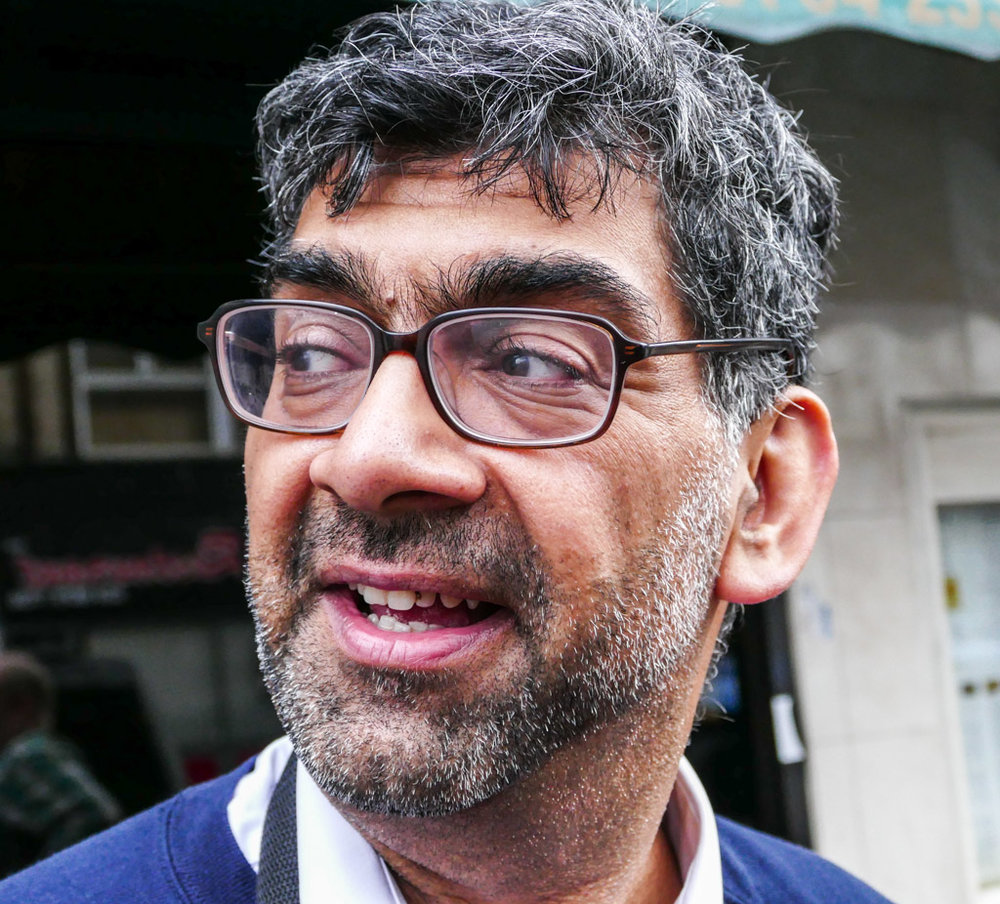
But let’s get back to the choice of sensor size. There is a school of thought that the bigger the sensor the better in any circumstances. It has to be full frame, say some. Others are now being seduced by the even greater attractions of medium format. Surely, the bigger the sensor the better, they say. Yet it isn’t always so. Bigger sensors mean bigger cameras, bigger lenses, more disk storage.
Things are changing, though. Sensor technology is improving all the time. Smaller sensors are becoming more proficient. Even the one-inch sensor, as found in the extraordinarily successful Sony RX100 range or the super bridge cameras from Sony and Panasonic, is now producing results that would have been astounding just a few years ago. System cameras with micro four-thirds or APS-C sensors are gaining popularity for their autofocus speed and, crucially, for their compact bodies and lenses. Dynamic range and low-light performance, once a stumbling block with smaller sensors, has come on dramatically in recent years. Increasingly, smaller sensors are impressing experienced photographers.
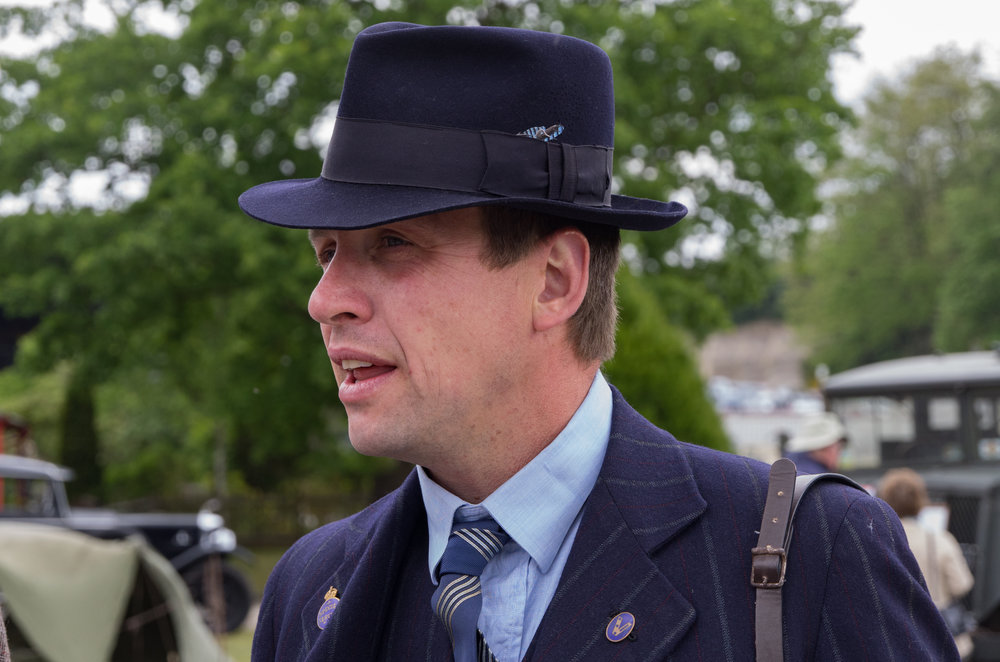
Photographers who once thought that using a full-frame camera was the only way, are now happily downsizing their systems to APS-C or, even, m4/3. David Bailey wrote yesterday about his migration from a full-frame DSLR system to Fuji’s X cameras and lenses. It’s a transition more and more photographers are making.
Smaller systems are definitely easier to carry around and, in most cases, that is the initial prompt to downsizing. But it would be fatuous to suggest that experienced photographers would choose a camera purely on the basis of system size. If these smaller systems didn’t cut the mustard in terms of results then photographers would be returning to full-frame DSLRs in their droves. However, while we hear many stories such as David’s, recounting a move to a smaller sensor, we hardly ever hear of movement in the other direction, except, perhaps to the Sony A7 range which manages to combine relatively small size with large sensor.
For me, the main attraction of larger sensors is the narrower depth of field that is possible. Mount a Noctilux on a full-frame M10 or Leica SL and you can play around with razor-thin depth of field and achieve impressive feats of subject separation. There’s no doubt that it is an alluring benefit of owning a large sensor. I love using both the M10 and SL, especially the M10 with its rangefinder and manual focus. It’s a refreshing antidote to function-filled modern cameras.
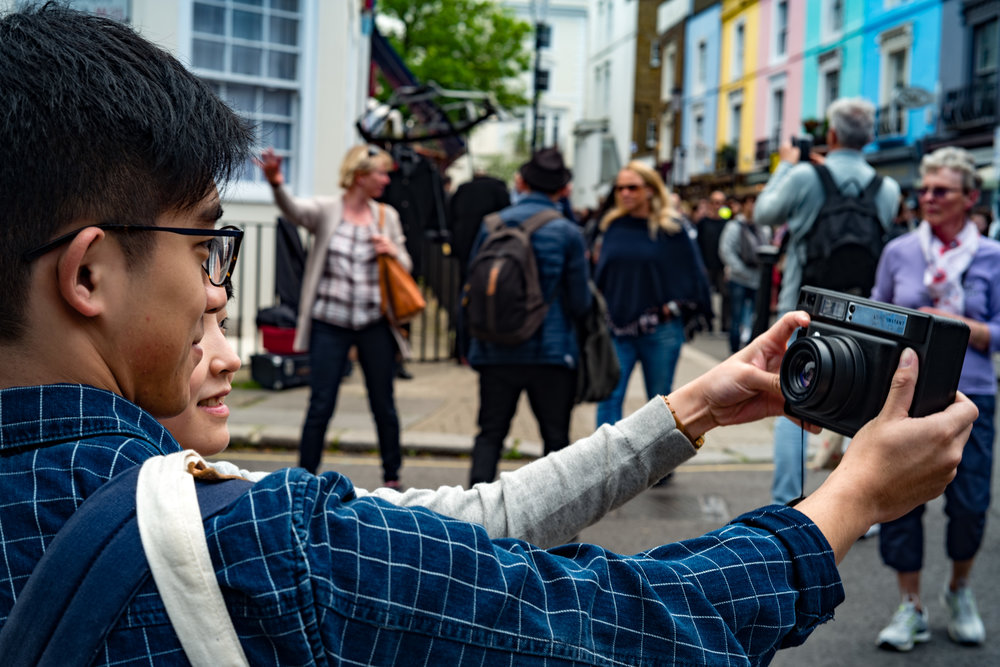
That said, I am no longer as committed to full frame as I once was. I’m impressed with the results from my m4/3 Leica DG lenses, especially in partnership with the new Panasonic G9. And I am very happy with APS-C results. In most cases it is impossible to tell which size of sensor has been used, so good is the image quality — as David Bailey, William Fagan, John Shingleton and other contributors to Macfilos have proved time and again. We have to realise, too, that for most of the work we do (and a blog such as Macfilos is a case in point) sensor size doesn’t really matter all that much. I could use a 1in sensor and produce enough stuff to talk about, with good illustrations, and to be honest I have no absolute need for even APS-C or full-frame.
So, the question is, do you really need a full frame sensor any more. This thoughtful article in TechRadar set me thinking and it’s worth a read (and prompted this article) if you are in the market for a new system, perhaps to replace your full-frame DSLR, your Leica SL or, even, your Leica M.
What do you think? Have smaller sensors finally come in from the cold? Are they about to take over in the same way that Leica’s “miniature camera” of the 1920s effectively replaced larger-format film over the decades?
See also:
- David Burnett switches to Sony after 40 years with SLR
- Returning to DSLR from Mirrorless
- Thom Hogan on DSLR v Mirrorless
- Albert Normandin switches to mirrorless
____________
- Subscribe to Macfilos for free updates on articles as they are published
- Want to make a comment on this article but having problems?

Mike
Once again an interesting and though provoking article. In my photo endeavors I started with medium format film in a Argus Argoflex Model E from my Dad. Later I moved "up" to 35mm for the options that Nikon provided at the time, and later switched to Leica for the range finder experience. Unfortunately for me, and my wallet, I was bitten by the large format bug and several 4×5 and 5×7 cameras and lenses were added to the working stable. When I finally made the jump to "serious" digital I started with a Sony NEX-5 (APS-C), switched to M43, and added full frame (Leica M9 and Sony A7II). I have made very pleasing images with all of them. Provided I am close enough to the subject to get the best out of my camera and the lens being used.
Which is part of the rub I am experiencing. When I travel by air I usually take a M43 body (Olympus EP-E and now a Pen-F) and a selection of lenses. After the holidays I returned from a trip to Florida, and have been reviewing the images I captured. For the most part I am disappointed in the images. Yes, there are some good images. But in others I feel I am being let down by the lens and or camera. This is the second trip where I have felt disappointed in my images, that I am considering giving up on the Pen-F and M43 in general.
In my situation it seems that the price paid for using a shorter focal length lens and smaller sensor for a given field of view, is magnification and focus reach. For example, it seems that 30 ft (9m) is outside the focus range of the Panasonic-Leica 25mm lens. While almost any 50mm lens I have used will focus nicely to 50-60 ft (15-18m).
Considering the size difference between the Pen-F and an M9 (or Sony A7II) there is not much of a weight penalty to scale up the sensor size. And careful lens selection can reduce that weight penalty as well.
Though to really improve image quality a return to large format may be a good idea. Provided I don’t need to carry it too far.
PaulB
The problem for compact cameras is product maturity not sensor size or mirrorlessness. APC sensors have been "sufficient" for most uses for many years. The not-so-mainstream Leica CL is a great camera not because it is APC and has no mirror, but because Leica has sorted it out.
Which leads me to say that If the camera doesn’t say Canon, Nikon or Leica on the front, the files or operation of the camera are still (after 7-8 years and 3 generations of mirrorlessness) a half a bubble off.
Yes, I am careful about my images. Yes, my XE-2’s jpegs are ‘good enough’ for most people – some can be very, very good, right out of the camera. Sometimes. But, most often, I have to work on mushy, over sharpening (RAWs manipulated?), anticipate blownout highlights, or handle hard to fix color balances. This thing makes me work like it’s 2006. I can’t unsee its flaws.
And, it is a fussy punt to operate, it should be smaller, and shouldn’t lose nearly all its value in less than 2 years.* My relationship with Sony and the others has been similar.
Since a CL kit is too much of a stretch for me – and can’t replace my FF gear, the best, sleeper alternative for my small, travel kit is the near disposable D3400* with the excellent new AFP 10-20, 18-55, 70-300 AFP lenses (+ 35/.18), which in total cost is the same as my Fuji XE-2 body did alone. My “Last DSLR" kit is the same weight (1.75kg) and takes up the same small volume as a similar Fuji kit in the bag. It’s quicker in use, much, much cheaper and — most importantly — the exposures and raw files are predictably great, taking less much, much less time & work in post.
The appeal of making a smaller camera isn’t directly related to sensor size or mirrorlessness. Those are simply the themes that the new guy’s use to wrap their marketing. The practical issue is vendor-product maturity, which leads to my agreement with Thom Hogan that it is likely that mirrorlessness will only replace the mouldering DSLR when Nikon or Canon offer their own sorted-out versions. Don’t bother me until you can beat the original compact, full frame mirrorless that fits in your back pocket: https://flic.kr/p/DyxUP4
Cheers,
Tuco Benedicto Pacifico Juan Maria Ramirez
Hi, Thanks for all this useful input to the discussion — almost another article in itself. It’s good to consider all aspects.
Mike: I have favorite photos from large and small film and digital formats and do ask myself, "Could I have gotten this shot (and would it be as good) if I used a compact camera?" Reverse it, too: What would be different if I had shot these images on a GFX, X1D or 1Dx II, etc?
A fun test: Zoom in on this photo and guess what kind of camera made it: https://flic.kr/p/23RMip7
It’s all very subjective, I agree, and for small images (such as those on Macfilos) it doesn’t really matter what camera was used. Even the iPhone performs well….
As you say sensors are improving all the time however we should not forget so do full frame sensors hence for some of we quality freaks the argument for accepting smaller sensors may never be won.
Of course you are right, Don. And Sony seem to be showing the way with their mirrorless
full-frame cameras. There will always be room for the bigger sensors, as there are signs MF is also making headway. But for a majority, smaller sensors can now perform well without making their owners feel short changed.
Superb images, Mike, as, with every sensor size you use, youpose the question most effectively.
I would refer to the latest ruminations of Thom Hogan, a professional Nikon photographer on this very subject of the rise of mirrorless:
http:http://www.sansmirror.com/newsviews/when-does-mirrorless-suppla.html
The tipping point for him is the probable introduction of competent mirrorless systems in 2018 by both Canon and Nikon. We are perhaps closer than we think to DSLR’s becoming niche products for special uses, extreme low light, professional ruggedness etc.
David
You are right David. When Nikon and Canon jump, the whole end game will start. An issue will be whether the ‘big two’ go to full size with EVF, so that existing users can use their existing lenses or whether they go to a smaller sensor size in the hope that they can sell more lenses. I would not over-analyse the graphs produced by Hogan, but it is clear that the sales trend for DSLRs is downwards. I have been predicting for some time that we will see a market made up of just phones and very expensive specialist cameras sometime in the next 10 years. There may be a possibility that if Nikon and Canon jump the right way soon enough that some kind of reasonable ‘middle ground’ might hold. I think that we will see aggregation in the market structures. Already the Japanese Government has asked whether Fujifilm (which is a very large conglomerate) was interested in investing in Nikon. This week’s Amateur Photographer magazine in the UK carries a review of the Huawei Mate 10 Pro phone with two Leica lenses and it gets quite a good review. What I cannot understand is why manufacturers are not building better communications functions into cameras. Digital cameras must be viewed as an integral part of a larger communications infrastructure. Even professionals will agree with that. At this stage more professional output ends up in an online environment than goes onto paper. The end position seems inevitable at this stage.
William
David, go to an Indian, Chinese, Indonesian,Malaysian or Brazilian national monument on a public holiday and see the tens of thousands of local tourists touting their chunky DSLR status symbols and you would soon realise that the DSLR has a long way to run. With over 200 million middle class Indians already and the numbers rapidly increasing markets such as these are massive for Nikon and Canon DSLRs.
I have just returned for a walk down to the beach and a coachload of Chinese tourists was offloading by the esplanade. I reckon that 70% of the men and a significant proportion of the women was wearing a DSLR. The rest were carrying smartphones.
John,
Did you actually read Thom Hogan’s article? Nobody disputes that DSLR’s are still dominant as they have been for a long time. Its a question of when mirrorless, at current growth rates, will overtake DSLR’s, at current decline rates, in market share. If Canon and Nikon with all their knowledge and clout do produce really advanced mirrorless ranges in 2018, then the progression to mirrorless will accelerate even faster.
Your argument from a subjective impression on a walk on the beach todayare only accurate for today!
Equally, from my experience of India the last thing that the middle class there will want is to be stuck with an outmoded DSLR when a smaller but perhaps more capable alternative is available from the market leaders, Canon and Nikon. This argument applies to all the emergent countries with huge populations and increasingly wealthy middle classes. They will go for the best they can afford and that, on present analysis, is unlikely to continue to be DSLR’s.
The DSLR has no divine right to market share. The market will decide and on the evidence of the last five years sales figures the market is increasingly wanting mirrorless. Canon and Nikon haven’t been able to beat this trend so they are deciding to join it.
David
Picking up on John’s comment about photographing at night what do people think about the benefits of using a full frame sensor to photograph in lower light for example for family photos inside at night? I use an X1 or X Vario with APSC sensors and I sometimes find (or think I find) myself bumping up against limitations in getting a reasonably correctly exposed and not overly noisy image even though I am using a higher ISO (1600 or above) slow shutter speed and widest aperture. Would a full frame sensor give me more latitude?
Kevin, in general larger sensors so perform better in low light. Modern full frame cameras with iso limits of, say, 50000, produce good results up to 12500. Micro four thirds on the other hand, operates best at a lower ISO..
I really love my x’s and all the leica line impressed me, but I have never had film or Dslr experience. I spend a lot of time in the Adirondacks and the outdoors and my x’s just can’t handle weather. I wish all cameras were rated for weather sealing w battery life like sleeping bags are rated. When I left here New Year’s Day it was -26 F, with out wind chill, -35F with wind chill factored in, there were snow mobile races going on the Essex chain of lakes, 8 mile stretch. The only cameras working were the big 1dx nikon 5 and d800 series with Canon 5d series. Their batteries and weathersealed cameras and lens just kept rolling. In a previous post I mention a local pro photog up had just got his d850 now he has second with battery grip. He says when not freezing he can get 1800 pics with battery grip goes into thousands. So I guess it it what you the individual want. The 850 w 24/70 weather sealed system is less than an M10. These racers and teams pay for their photos of them in action, they come from the surrounding states to compete, and also the big ice bar that is set up on the lake. They also race at night and these big cameras are out there, the smaller cameras are no where to be found.
I think it is always a question of sensor+lens in combination. Nevertheless, I share your view that it is quite amazing what a 1" sensor with the right optic can do, At the moment my go-to camera when I don’t want any kind of camera burden is the Sony RX100 iii, and I have no complaints about what comes out of the camera. Haven’t tried printing at A3 yet, but my everyday size for photos is A4, and I’ve no complaints. When I want to feel I’m using a camera and not a miniature optical computer, the tactile experience of the X2 or X-Vario will always win the day.
It is absolutely true, I enjoy my GR as well as my Olympus cameras. But I also love my D800 and Df, cause, well, full frame is a thing that you don’t really need, but anyway, it’s good to have one, just in case.
I sold my X1 2 ½ years ago not because of lack of quality but because of a lack of an EVF. I bought the Q mostly because of the EVF the full frame was secondary.
Had the CL been available then I might have gone with the CL. . . However the 24" x 36" prints hanging in my home made by the Q are amazing (the 16" x 20" from the X1 are pretty darn good)
You are absolutely right. If you are going to make big prints for display then there is every reason to go for the bigger sensor. My point, as I am sure you understand, is that most people don’t do that. An iPhone photo viewed on an iPhone can be immensely pleasing and, if that is the sole means of viewing, why bother with a bigger sensor? I’m a great fan of the Q, by the way.
For a few seconds I thought you were doing an article on the Nikonos. A friend of mine, who is a well known Nikon collector, has a few of these as well as the Calypso camera, designed in part by Jacques Cousteau, on which the the Nikonos design was based. He also has, more interestingly, a device which Nikon used to test Nikonos cameras for resistance to water pressure, which had to be withdrawn from service because of a serious accident when the device itself blew up.
Speaking about exploding myths, the term ‘full frame’ always cracks me up, particularly when I hear it being used by youngsters who have never shot a roll of 35mm film. It is true that as with film size, increased sensor size should produce higher quality images. It is also true that a so-called ‘full frame’ lens should produce the same sized images as 35mm film when used with a lens designed for 35mm film cameras. There the relevance ends nowadays. All digital sensors, no matter what size they are, have improved immensely over the past 15 years. Most people on the planet are quite happy with the small camera sensors on their phones and could not be bothered with separate cameras. At least 90% of the people to whom I show my photos on a phone believe that I must have taken them on that phone as that is ‘what everybody else does’. I sometimes tell them that I used a Leica camera, but I do not tell them the camera and lens would have cost 10 to 15 times the value of the phone as I am sure that my sanity would be questioned. Life is too short to be tangling with ‘men in white coats’.
If you are a journalist or a professional photographer your editor/publisher may insist that you use images of certain sizes or from certain types of camera, but, for most ordinary users, a so-called ‘cropped sensor’ is more than enough. There are some macho types on photographic forums who seem to be always printing up to A ‘whatever it is’ on their home printers and then spending time peering at the details on the large prints. Most people nowadays are looking at images on phones or tablets, with a few ‘specialists’ using laptops or PCs. For most ordinary use, a ‘cropped sensor’ will do. I really like the ‘full frame’ images from my M10 as well as the ‘full frame’ images from my M3s or my I Model As. I don’t, however, consider images which I might make on a camera with a ‘cropped sensor’ to be in any way inferior.
William
William, of course you are right. I am always tempted to refer to the "so-called full-frame sensor" because we always have to ask ourselves just what is the benchmark. We need reminding, as you say, that today’s lauded full-frame is yesterday’s miniature frame. You could argue, in fact, that the first Leica 35mm camera was the micro four-thirds — or even the 1in — of its day. We have now moved on so far that it has become "full frame" and the benchmark for excellence. As sensor technology continues to improve, cropped sensors become ever more relevant.
Yes Mike you are right, Oscar Barnack invented the miniature camera which was laughed at by "serious" photographers.
Such people were habitual users of large format press/field/studio cameras, or Rollieflex (and the like) medium format cameras at least.
Miniature format was for the holiday snapper.
🙂
I too have a Nikonos V stored in the loft. In its day it was an amazing camera and I still sell images taken on it through a photo library, over 20 years since I last used it at any depth.
Dear Mike,
I agree, I’ve just purchased a Panasonic G9 and am very impressed with it. I’ve recently returned from a trip to Antarctica (sadly not with the G9) and was using my Panasonic GX8 with the 100-400mm zoom and was able to get photos of birds in flight from a moving ship (going forwards and side to side!) with the lens at 400mm. There is no way that I would have been able to do that with my Canon 5D Mk iii and an 800mm lens (even if I had one! – I have a 500mm which I always need to use with a monopod or tripod). When we were ashore amongst the penguins it was easy to move around and zoom in for details. I’m definitely considering purchasing the new Panasonic 200mm f2.8 and selling my Canon lens. I was playing around with my new G9 yesterday evening and was impressed with the images at ISO 3200.